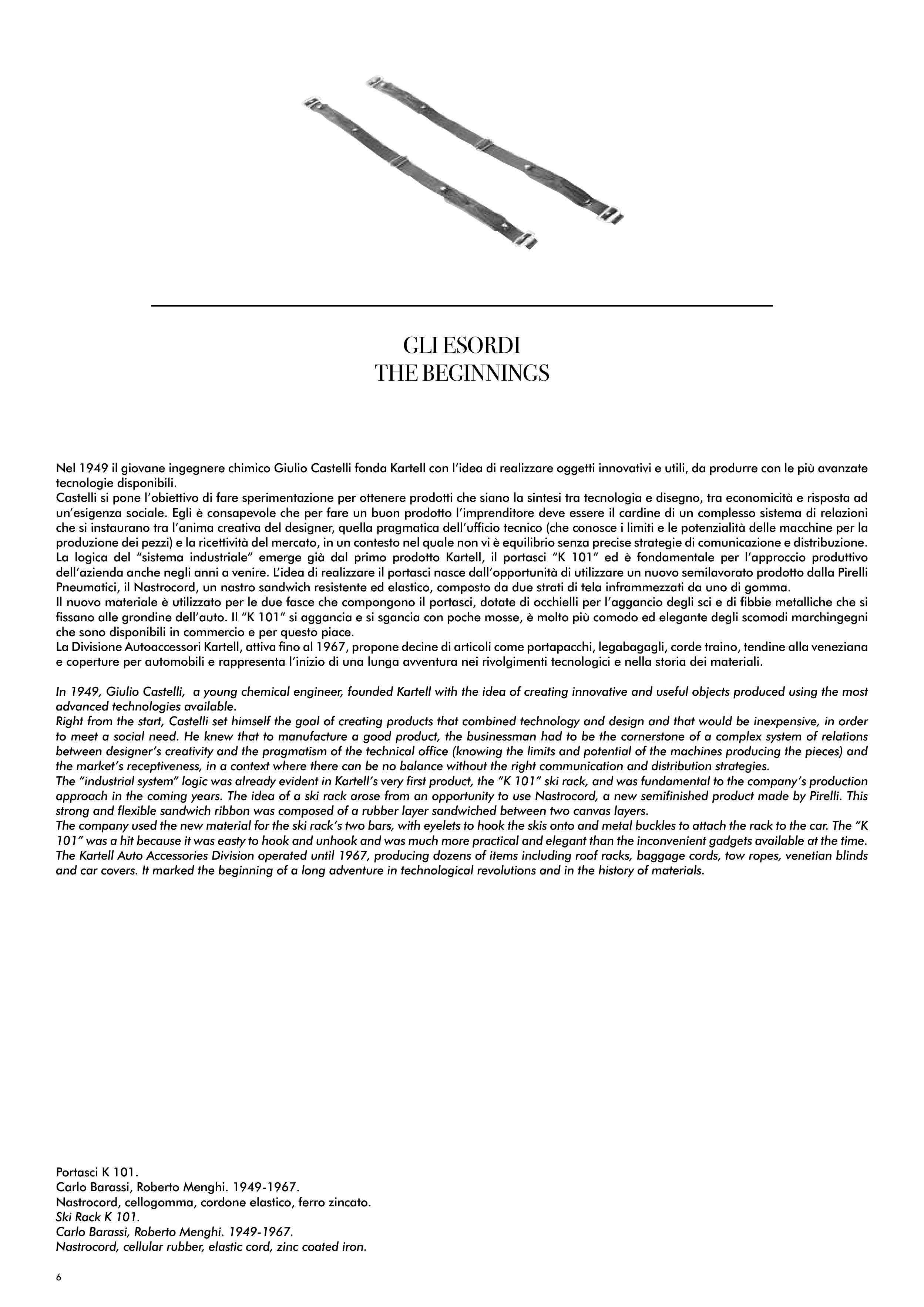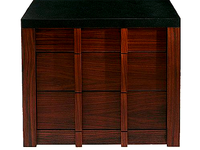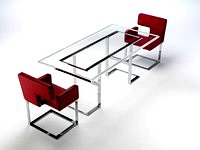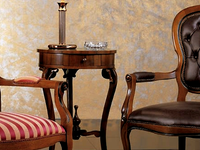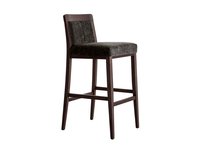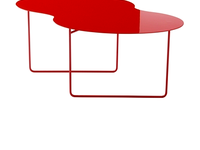6
nel 1949 il giovane ingegnere chimico giulio castelli fonda Kartell con l’idea di realizzare oggetti innovativi e utili, da produrre con le più avanzate
tecnologie disponibili.
castelli si pone l’obiettivo di fare sperimentazione per ottenere prodotti che siano la sintesi tra tecnologia e disegno, tra economicità e risposta ad
un’esigenza sociale. egli è consapevole che per fare un buon prodotto l’imprenditore deve essere il cardine di un complesso sistema di relazioni
che si instaurano tra l’anima creativa del designer, quella pragmatica dell’ufficio tecnico (che conosce i limiti e le potenzialità delle macchine per la
produzione dei pezzi) e la ricettività del mercato, in un contesto nel quale non vi è equilibrio senza precise strategie di comunicazione e distribuzione.
la logica del “sistema industriale” emerge già dal primo prodotto Kartell, il portasci “K 101” ed è fondamentale per l’approccio produttivo
dell’azienda anche negli anni a venire. l’idea di realizzare il portasci nasce dall’opportunità di utilizzare un nuovo semilavorato prodotto dalla pirelli
pneumatici, il nastrocord, un nastro sandwich resistente ed elastico, composto da due strati di tela inframmezzati da uno di gomma.
Il nuovo materiale è utilizzato per le due fasce che compongono il portasci, dotate di occhielli per l’aggancio degli sci e di fibbie metalliche che si
fissano alle grondine dell’auto. Il “K 101” si aggancia e si sgancia con poche mosse, è molto più comodo ed elegante degli scomodi marchingegni
che sono disponibili in commercio e per questo piace.
la divisione autoaccessori Kartell, attiva fino al 1967, propone decine di articoli come portapacchi, legabagagli, corde traino, tendine alla veneziana
e coperture per automobili e rappresenta l’inizio di una lunga avventura nei rivolgimenti tecnologici e nella storia dei materiali.
in 1949, giulio castelli, a young chemical engineer, founded Kartell with the idea of creating innovative and useful objects produced using the most
advanced technologies available.
right from the start, castelli set himself the goal of creating products that combined technology and design and that would be inexpensive, in order
to meet a social need. he knew that to manufacture a good product, the businessman had to be the cornerstone of a complex system of relations
between designer’s creativity and the pragmatism of the technical office (knowing the limits and potential of the machines producing the pieces) and
the market’s receptiveness, in a context where there can be no balance without the right communication and distribution strategies.
the “industrial system” logic was already evident in Kartell’s very first product, the “K 101” ski rack, and was fundamental to the company’s production
approach in the coming years. the idea of a ski rack arose from an opportunity to use nastrocord, a new semifinished product made by pirelli. this
strong and flexible sandwich ribbon was composed of a rubber layer sandwiched between two canvas layers.
the company used the new material for the ski rack’s two bars, with eyelets to hook the skis onto and metal buckles to attach the rack to the car. the “K
101” was a hit because it was easty to hook and unhook and was much more practical and elegant than the inconvenient gadgets available at the time.
the Kartell auto accessories division operated until 1967, producing dozens of items including roof racks, baggage cords, tow ropes, venetian blinds
and car covers. it marked the beginning of a long adventure in technological revolutions and in the history of materials.
portasci K 101.
carlo barassi, roberto menghi. 1949-1967.
nastrocord, cellogomma, cordone elastico, ferro zincato.
ski rack K 101.
carlo barassi, roberto menghi. 1949-1967.
nastrocord, cellular rubber, elastic cord, zinc coated iron.
GLI ESORDI
ThE bEGInnInGS


